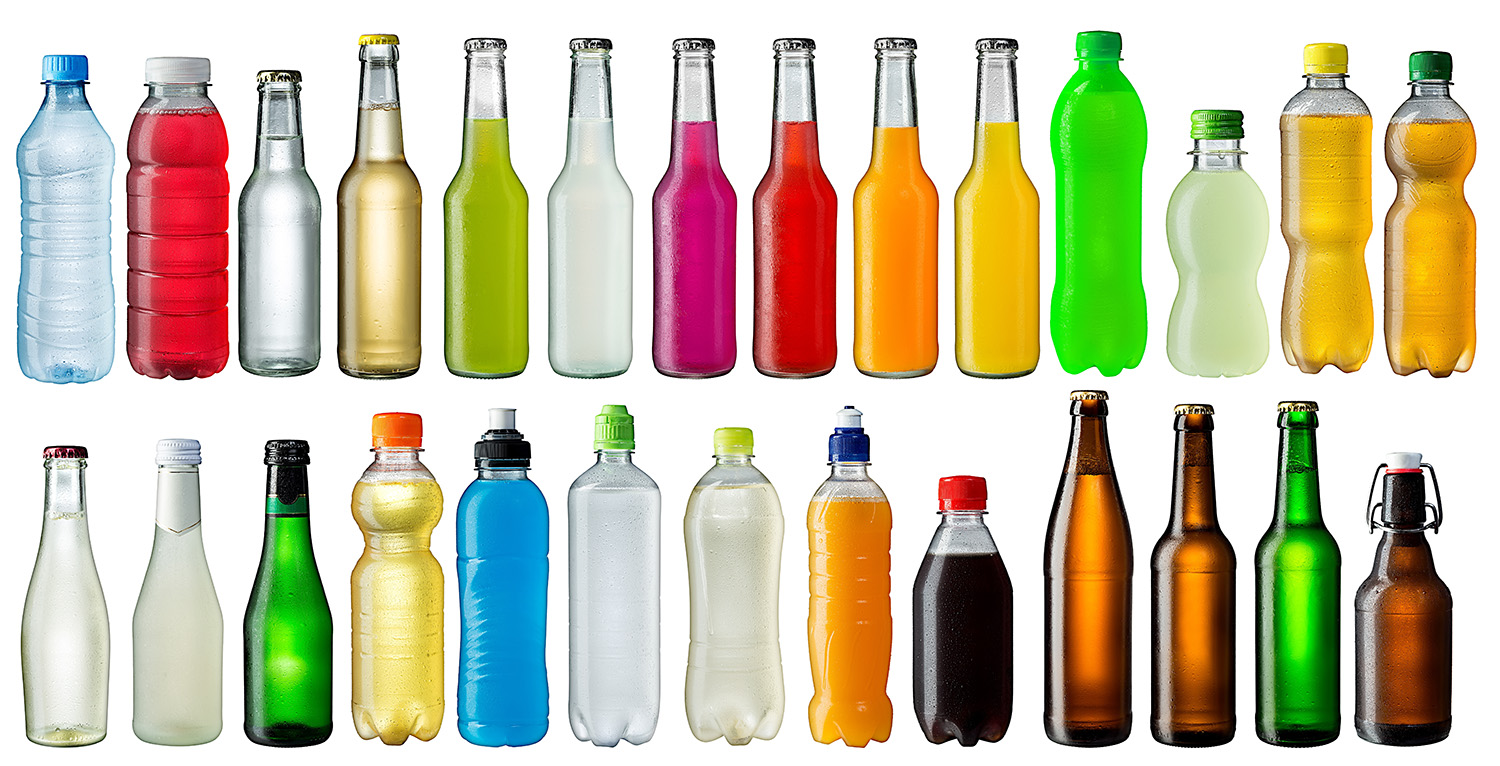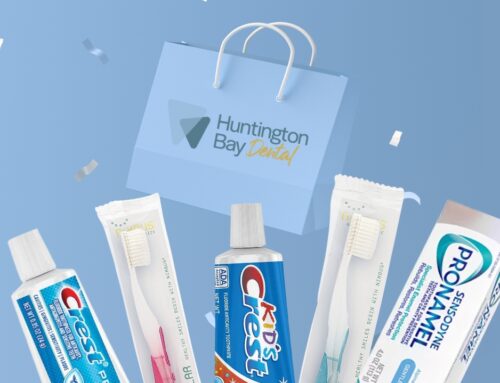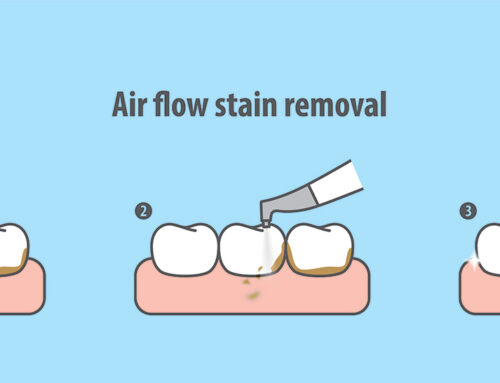Dental Erosion
Allison, RDH
Did you know that your teeth have the hardest substance in your body? Tooth enamel is stronger than bone! This outer layer of your teeth protects the inner layers from damage, wear, and tear. But even though enamel is strong, it can be worn away by acids, which is where dental erosion comes in.
Dental Erosion
Dental erosion (or tooth erosion) refers to the gradual loss of tooth enamel caused by acids. Unlike cavities, which are caused by bacteria that create holes in your teeth, erosion doesn’t create cavities but wears down the surface of your teeth over time. Enamel loss due to erosion is irreversible—once it’s gone, it can’t regenerate.

Acid is the primary culprit when it comes to dental erosion. These acids can come from several sources:
- Dietary acids: Many acidic foods and beverages, such as citrus fruits, fruit juices, sodas, wine, and pickles, can wear down your enamel over time.
- Stomach acid: Conditions like acid reflux, vomiting, and digestive disorders can bring stomach acid into your mouth, leading to enamel erosion.
Whether from your food, drink, or stomach acids, this constant exposure to acid can take a toll on your enamel if you’re not careful. Dental erosion doesn’t happen overnight.
It’s a slow process, and there are a few signs to look out for:
- Loss of enamel texture: Your teeth may lose their natural shine or feel smoother than usual.
- Cupping or flattening: The chewing surfaces of your teeth may appear worn down, flattened, or indented.
- Increased sensitivity: You might notice heightened sensitivity to hot, cold, or sweet foods and drinks.
- Cracks and chips: Enamel erosion can lead to the weakening of teeth, causing cracks or chips.
- Discoloration: As enamel thins, the darker dentin layer beneath may start to show through, causing your teeth to appear more yellow or stained.
Good news! There are several steps you can take to protect your enamel and prevent further erosion:
- Brush and floss regularly: Use a fluoride toothpaste and be sure to floss daily. Fluoride helps to strengthen enamel.
- Use a mouthwash: Rinse with a fluoride mouthwash or an antibacterial mouthwash to help protect your teeth.
- Limit acidic foods and drinks: Try to avoid or minimize your intake of acidic foods like citrus, sodas, and wine.
- Rinse with water after meals: If you do consume acidic foods or drinks, rinse your mouth with water afterward to help neutralize the acids.
- Use a straw: When drinking acidic beverages, using a straw can help minimize contact with your teeth.
- Chew sugar-free gum: This stimulates saliva production, which helps to naturally protect and neutralize acids in your mouth.
If you notice any of the signs of dental erosion, it’s important to seek treatment. Huntington Bay Dental can help restore your teeth with a range of solutions.
To monitor the progression of dental erosion and catch any issues early, we also offer the iTero scanner. This state-of-the-art technology helps us keep track of your dental health over time.
Dental erosion is a gradual process, but with proper care and regular dental visits, it’s preventable. Protecting your enamel is essential for maintaining healthy, beautiful teeth. If you suspect that you have dental erosion or want to learn more about how to protect your smile, contact Huntington Bay Dental. We’re here to help!





